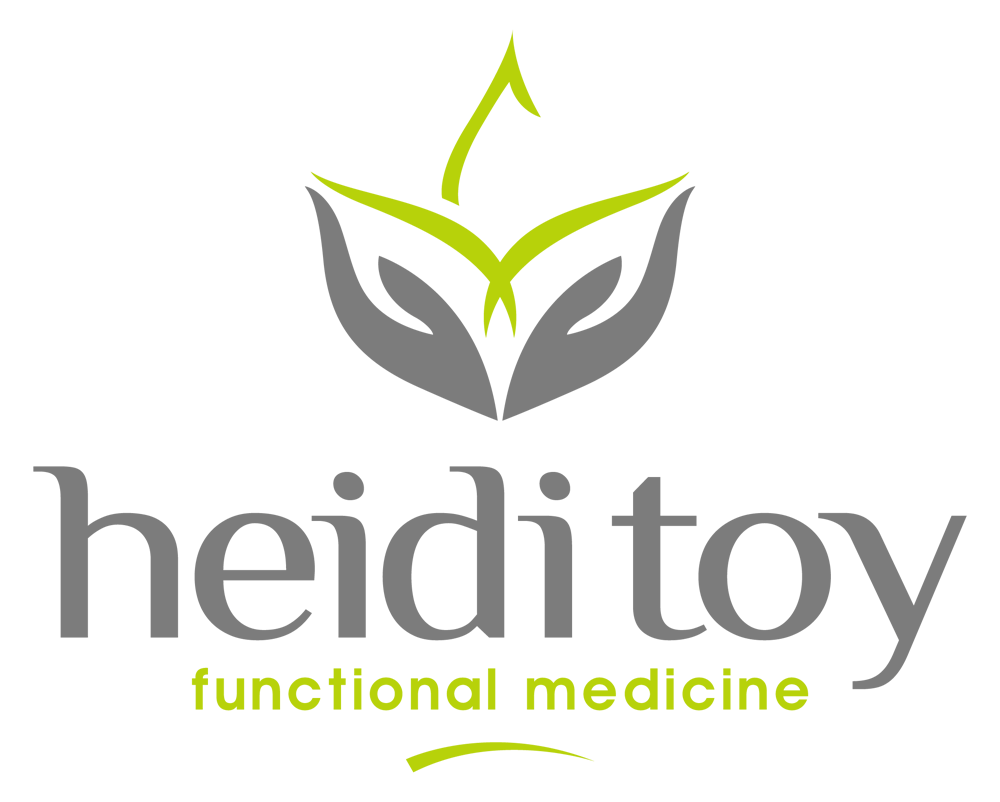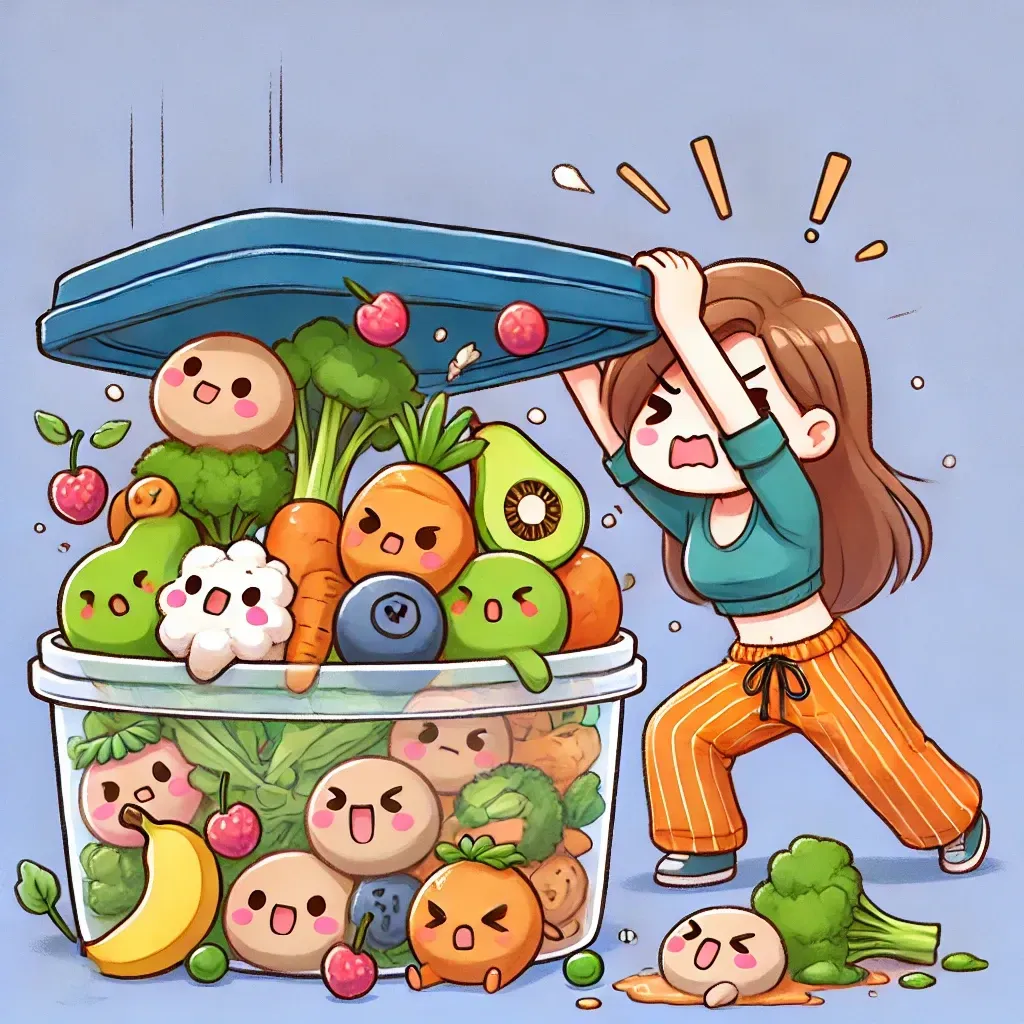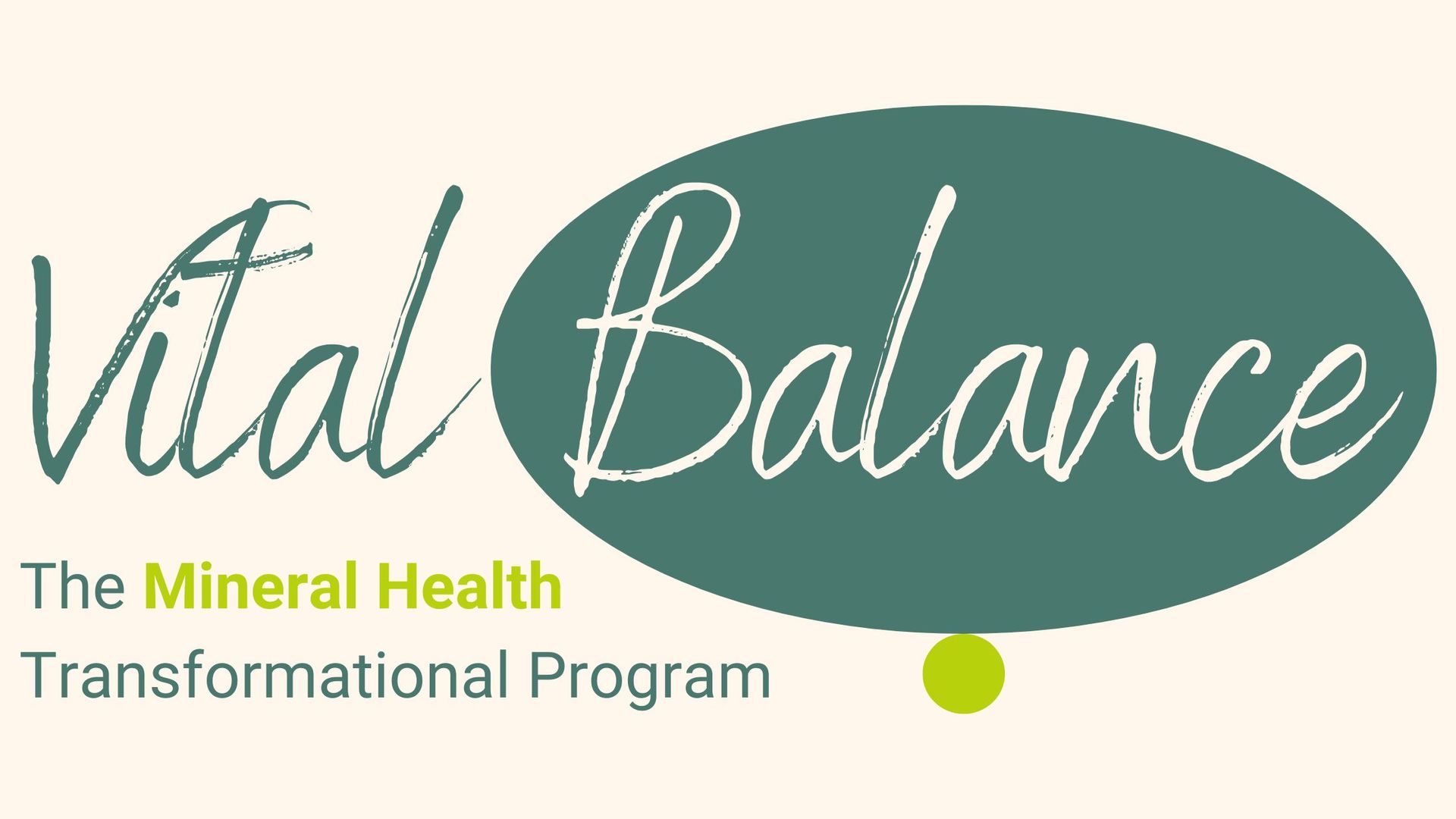Poisoning from Pesticides
8 Things You Can Do to Decrease Your Exposure to Pesticides
When we think of pesticides, we tend to think of farmers spraying conventional crops, however, our exposure isn't all related to farm use. The US homeowner uses 2-6 times more pesticide per acre than do farmers [1].
If you have ever bug bombed, sprayed for any kind of infestation (ants, mosquitoes, rodents, fleas, ticks, lice, bees, wasps, fungus, molds, bacteria), or taken weed prevention or abatement measures, you have used a pesticide. Perhaps scariest of all, pesticides are also contained in plastic shopping bags, plastic water bottles, retail store receipts, detergents, disinfectants, and some cosmetics.
The word pesticide is interchangeable with insecticide, herbicide, fungicide, and fumicide. We are exposed to pesticides on a daily basis, yet most of us are unaware of the consequences they have on our health.
Pesticides were discovered during World War II as a part of a chemical warfare initiative and given the name "nerve gas." These chemicals worked so well at the destruction of living things it was decided that giving them in “small doses” to kill the pests in our lives probably wouldn’t be such a bad thing.
The theory was tested: Lab rodents were exposed to high doses then the chemicals were extrapolated down for real-life human exposure. Thus, the FDA determined that pesticides only posed negative effects if given in large quantities. However, large or small doses, pesticides are still powerful carcinogens with the power to disrupt how our brains and bodies function.
Neurotoxin means toxic or harmful to the brain. Man-made neurotoxins (pesticides) are able to bioaccumulate (become concentrated) in our tissue, namely our fatty tissue. The brain is predominantly made up of fat and cholesterol, and the covering for our nerves (called myelin sheath) is also made up of fat and cholesterol—two inviting hosts for pesticides to latch on and do their damage.
Eating one chemically treated poison apple will not have serious repercussions, but repeated exposure to pesticides has been linked to disorders and dysfunctions like ADHD, Autism, Parkinson's, Alzheimer's or dementia. In all reality, it is difficult to pinpoint what causes these disorders or the extent these harmful toxins play a role, which leaves the manufacturer of these chemicals blameless.

Pesticides also affect our endocrine system. Hormones are the chemical messengers secreted by endocrine glands and they travel through the body in order to elicit a response from other endocrine glands and tissues. They help guide the development, growth, reproduction, and behavior of all animals, including humans. Hormones work in very small doses and the literally "run the whole show" when it comes to how our bodies function.
As previously mentioned, the FDA only regulates endocrine disrupting chemicals (EDC’s) tested in large doses, but our endocrine system operates on a low dose behavior. After investigation through 800 scientific studies, the journal Endocrine Reviews published findings in 2012 which concluded "very small amounts of hormone-disrupting chemicals to have profound, adverse effects on human health.”
EDC’s can create a hormonal imbalance in three ways:
- Mimic natural hormone action by binding to and activating the receptor sites of the cells thus overwhelming the endocrine system with both natural and synthetic hormones.
- Bind to receptor sites without activating them, thus inhibiting natural hormones from binding correctly.
- Decrease the concentration of natural hormones by interfering with the synthesis, transport, metabolism and elimination of hormones.
The endocrine system is complicated and disruptions can affect many different hormone processes. For example, if the insulin hormone is disrupted as a messenger, the receptor sites of the cells could lead to diabetes or insulin resistance. Likewise, disruptions to thyroid hormone production can influence every cell in our body.
Daily exposure to pesticides, especially when we are not even aware of that exposure, can have significant consequences.
So what can you do to decrease your exposure?
- Buy organic and locally grown fruits and vegetables. If you cannot afford to purchase produce organically, become familiar with the dirty dozen (the 12 most pesticide contaminated fruits and vegetables) and DO NOT buy these: https://www.ewg.org/foodnews/dirty-dozen.php
- Grow your own fruits and vegetables.
- Find non-toxic ways to clean your home--vinegar and water work great.
- Find non-toxic ways to rid your home of bugs and pests. Spiders are great for outdoor pest control--let their webs remain intact and don’t kill them.
- Leave your shoes at the door. The residue from chemically treated lawns clings to our shoes and tracks into our homes thus increasing toxic exposure.
- Stop spraying your lawns and shrubs with harmful chemicals. It is both harmful to you and to bees. Our bee colonies are declining at such an alarming rate due to pesticides that we are on the brink of an agricultural disaster (bees help pollinate the food we eat—without pollination, we have no food).
- Use natural remedies to remove weeds. Here again vinegar can be used:
-- One cup salt
-- One gallon white vinegar
-- One tablespoon of dish soap
- Know what is in your cosmetics, lotions, and potions. It might sound drastic but if you cannot eat it, you really should not be putting it on your skin. Check out my shop for some great, safe products.
We live in a toxic world, and while many of the pesticides for which we are exposed cannot be avoided, many of them can be, we just have to make the effort. You and your health are worth it.
Resources:
http://people.oregonstate.edu/~muirp/pesttren.htm
1 Hayden KM, et al. 2010. Occupational exposure to pesticides increases the risk of incident AD. Neurology, May 1;74(19):1524-30.
2 Salam, MT, YF Li, B Langholz, and FD Gilliland. May 2004. Early-life environmental risk factors for asthma: Findings from the children’s health study. Environmental Health Perspectives 112 (6): 760-765.
3 Winchester, P., et al. 2009. Agrichemicals in surface water and birth defects in the United States. Acta Paediatrica, 98(4).
4 Nielsen, S.S., et al. 2010. Childhood brain tumors, residential insecticide exposure, and pesticide metabolism genes. Environmental Health Perspectives 118(1):144-149.
5 Teitelbaum, S.L., et al. 2007. Reported residential pesticide use and breast cancer risk on Long Island, New York. American Journal of Epidemiology 165(6):643-651.
6 Lowengart, R., et al. 1987. Childhood leukemia and parent’s occupational and home exposures. Journal of the National Cancer Institute 79(1):39-46.
7 Cantor, K.P. and Silberman, W. 1999. Mortality among aerial pesticide applicators and flight instructors: Follow-up from 1965-1988. Am J Ind Medicine 36(2):239-47.
8 Osburn, S. 2001. Research Report: Do Pesticides Cause Lymphoma? Lymphoma Foundation of America. Anne Arbor, MI.
9 Settimi, L., et al. 2003. Prostate cancer and exposure to pesticides in agricultural settings. Int J Cancer 104(4):458-461.
10 Leiss, J., et al. 1995. Home pesticide use and childhood cancer: A case-control study. American Journal of Public Health 85:249-252.
Don't Miss Out On More!

Heidi Toy FNTP
I help people all over the world heal by identifying and treating the root cause of their body imbalances. Through diet and nutrition, I guide them towards wholeness and balanced lives.
Heidi Toy Functional Medicine Blog

















































































































